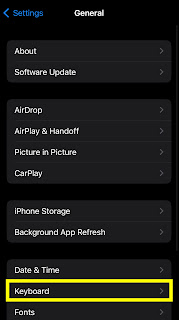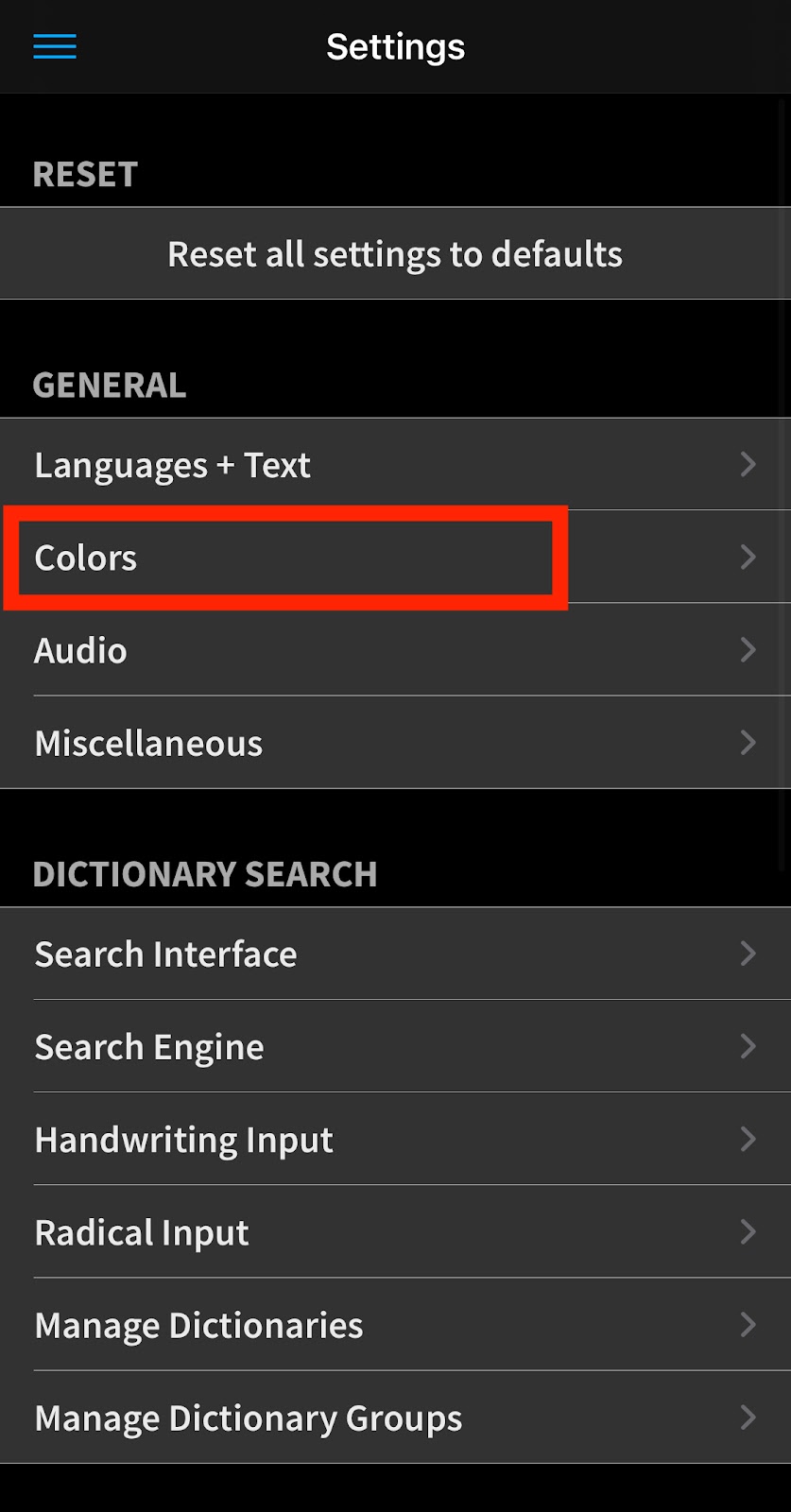This guide is for people who have previously studied
Mandarin and are looking for resources to learn Cantonese. If you have no
previous experience with a Chinese language and want to start with Cantonese,
you can find a more relevant guide here.
Mandarin speakers with a shakier grasp of Chinese characters and grammar may
prefer that guide, as this guide assumes you want to learn Cantonese through
Mandarin (as opposed to through English). Explanatory notes in most of the
books mentioned here are generally in Chinese (simplified or traditional
characters, depending on the place of publication).
When coming to Cantonese after Mandarin, the main thing to
be aware of is that the two are mutually unintelligible languages. While you can sometimes
get away with using Mandarin vocabulary with a Cantonese pronunciation, you
will often come off as overly formal. Common verbs frequently differ from
Mandarin (like 搵 instead of 找), and grammar and
syntax are not exactly the same (e.g., direct and indirect objects appear in opposite
order).
The best learning
materials for you are probably the ones that explicitly address those
differences. To that end, I’ve listed helpful textbooks, dictionaries, apps and
websites, lesson centers, audio resources, and video resources that you might
consider using.
Textbooks
Although these textbooks are written for Mandarin speakers,
they generally still use a romanization system to show how characters are
pronounced. These romanization systems (usually Jyutping or Yale) are a bit
different from Mandarin pinyin, though Yale is the closer of the two options,
so I would opt for that if you want to minimize confusion.
Publisher: 商務印書館(香港)有限公司
Date of most recent edition: 2010
Romanization: Yale
Audio: CDs
This is the textbook series I used in classes at CUHK (the
link goes to the first of three books in a series). Dialogues are presented in both
Cantonese and Mandarin, and the grammar points tend to focus on explicit differences
between the two languages. As the books advance, they also teach you patterns
in pronunciation shifts between Mandarin and Cantonese. Overall, a solid
series. The first book also includes English translations of the vocabulary,
but the later books in the series do not.
Publishers:
Greenwood Press
Date of most recent
edition: 2005
Romanization: Yale
Audio: CDs
This book includes
explanations for Cantonese words and grammar in both English and Mandarin,
making it very accessible for English speakers who also know Mandarin. Chapters
are themed around specific tasks (“Asking for directions”) or locations (“Pacific
Place,” “Macau,” etc.). One major flaw to be aware of, however, is that it
still includes the high falling tone, which has mostly disappeared in contemporary
Hong Kong Cantonese except in specific idiomatic circumstances; you should read
the words marked in the book with the high falling tone as high level tones
instead.
Dictionaries
Developer: Pleco Inc.
Most recent edition: Regularly updated
Romanization: Yale or Jyutping
Pleco is must for anyone studying Mandarin or
Cantonese. It’s a free app for iOS and Android that you can easily customize by
downloading the dictionaries you want (some paid). For a detailed explanation
of which dictionaries to download and how to configure Cantonese to appear, check
out the CantoBlog guide here.
I especially recommend downloading Guangzhou-Putonghua Cidian (GZP) and Guangzhouhua
FangyanCidian (GZH), as they provide ample comparisons between differing Mandarin
and Cantonese usages of specific characters or words.
Publisher: 商務印書館(香港)有限公司
Most recent
edition: 2015
Romanization: Weird
hybrid of Jyutping and phonetic alphabet
This dictionary
explains the similarities and differences in usage of words that are comprised
of the same characters in both Mandarin and Cantonese. It also offers
alternative words in Cantonese for shared words with Mandarin that might sound
formal if used in Cantonese in that form. Entries include context sentences. All
entries are written in standard written Chinese in traditional characters, so
your reading level needs to be fairly high in order to get much use out of the book.
Publisher: 商務印書館(香港)有限公司
Most recent
edition: 2019
Romanization: Weird
hybrid of Jyutping and phonetic alphabet
This is a
relatively new but important dictionary. It defines Cantonese-specific
characters (e.g. 啱, 喺, etc.) in standard
written Chinese, and sometimes provides a colloquial Mandarin equivalent. If
your goal is to also become literate in written Cantonese, this book is a huge
help.
Apps and websites
(See the entry above under “Dictionaries” for more details,
or go the CantoBlog guide to Pleco here.)
Developer: iAppsTeam
Platform: iOS
Romanization: None
This app is pretty simple. While aimed at children, it is a
great way for beginning students to learn basic vocabulary like numbers,
animals, and colors. Audio is offered in both Mandarin and Cantonese, meaning
there is ample opportunity for aural reinforcement.
Developer: How to Study Cantonese
Platform: Any device that can handle Epub file format
Romanization: Yale and Jyutping
How to Study Cantonese is a digital publishing house that
creates picture books written in colloquial Cantonese. The prices are a bit
steep given how short the texts are, but they come with Chinese characters, both
Jyutping and Yale romanization, English translations, and audio recordings. Since
you already know Chinese characters, these books offer a way to expose yourself
to slightly longer texts written in Cantonese rather than Mandarin.
Developer: italki
Platform: Android, iOS, Desktop
Romanization: Many
italki is a platform for finding private language tutors with
whom you can take electronic lessons. You buy credits through the app and spend
them on your tutor(s) of choice. Reviewers note a variety of experiences, so it
really comes down to what sort of tutor you find. I’ve noticed tutors on the platform
who are fluent in both Mandarin and Cantonese, so you should probably search
for one of them.
Lesson centers
University language programs in Hong Kong
Because many mainland Chinese move to Hong Kong, there is relatively
high demand for Cantonese lessons taught in Mandarin. I took some of these
courses through the Yale-China Chinese Language Center at CUHK and found them
to be incredibly helpful. Some of these programs are offered at night or on
weekends, while others require that you enroll full time as a student.
University language programs in North America
The following universities have offered Cantonese courses
for Mandarin speakers in the past. You’ll need to check which courses are open
to community members vs. enrolled students only. Also, course change
frequently, so check back each year.
Audio resources
To get your brain to recognize the sounds of Cantonese as
entirely distinct from Mandarin, I highly recommend using one of the below
radio apps. Occasionally, they’ll have interviews where one person is speaking
in Mandarin and one is speaking in Cantonese. These can be great exercise for
you, but also a little confusing.
Readers
If you've already learned to read Mandarin, then learning to read Cantonese can feel like playing the slightly more difficult sequel to a video game you put in hours trying to beat. The biggest obstacle is learning a hosts of Cantonese-specific characters, as well as unfamiliar usages of characters you already know from Mandarin. Note that the writing of colloquial Cantonese in Hong Kong is usually reserved for specific platforms/genres, like social media posts, tabloid reporting, and internet novels. The following are a few books for practicing Cantonese reading, with some offering more guidance than others.
Slang
Once you have learned the basics of Cantonese grammar and vocabulary, you'll likely want to learn some slang. A lot of it is very different from Mandarin, though some of it actually migrated up north thanks to the popularity of Hong Kong pop culture in the 80s and 90s (e.g. 炒魷魚-->to get fired). While speaking with people is a great opportunity for learning these types of words and phrases (and also learning what slang has already become old-fashioned—Cantonese changes fast!), there are also some awesome books out there for giving you a leg up. These include:
Video resources
Mandarin speakers who can read Chinese quickly should be
able to handle Cantonese videos with written Chinese subtitles. However, note
that the Chinese that appears comes in two distinct flavors: Standard Written
Chinese and written Cantonese. If it’s the former, you’re in luck—that’s
basically the same as Mandarin, and you’ll just have to code switch to figure
out which words overlap with Cantonese and where the Cantonese audio does
something completely different. If it’s written Cantonese, however, you might
find yourself confused.
An example:
Romanization: Něih
haih bīn go ah?
Written Cantonese: 你係邊個呀?
Standard Written Chinese: 你是誰?/ 你是谁?
English translation: Who are you?
Most recent DVDs, TV shows, and streaming sites will use
Standard Written Chinese subtitles. However, there are versions of Hong Kong
films from the 80s and 90s that have Cantonese subtitles, and even today many
kids films use written Cantonese.
·
YouTube (various channels, but a few major ones
below)
o
Great for local Hong Kong documentaries and
topical news
·
Foreign-based streaming platforms like Netflix, Amazon
Prime, and Crunchyroll
o
Just search for Cantonese films and TV shoes
·
Mainland Chinese streaming sites like iQiyi, QQ
Video, Youku, or Bilibili
























